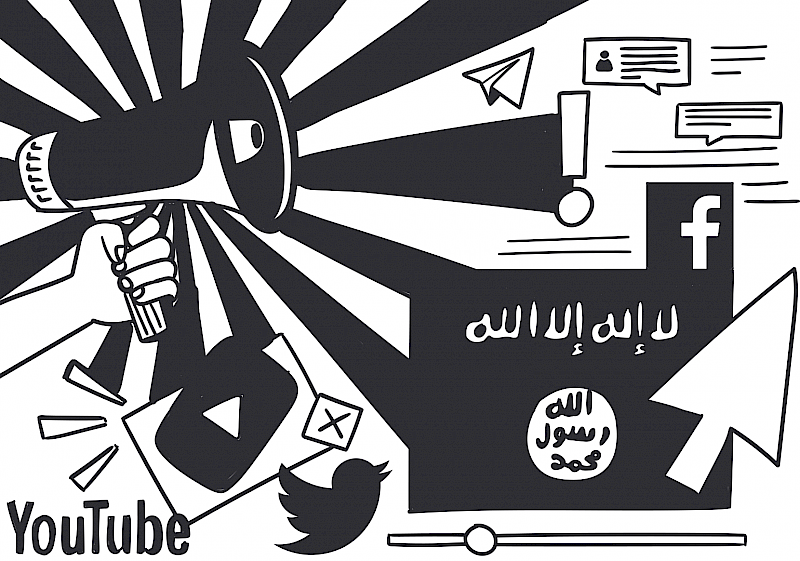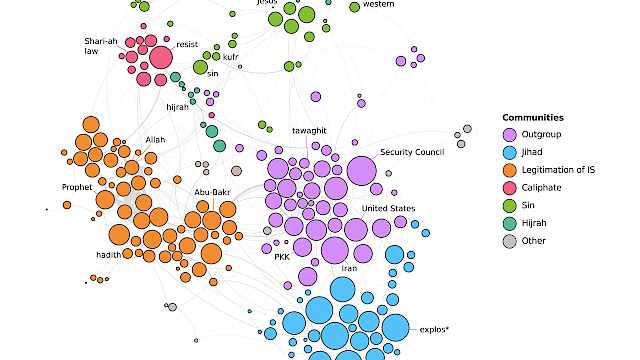
How Does Isis’ Online Propaganda Demonstrate Mechanisms of Radicalisation?
The self-proclaimed ‘Islamic State’ is well-known for its use of social media to elicit fear and communicate and promote its ideology.
This study seeks to identify how ISIS’ online propaganda demonstrates the dynamics of radicalisation by conducting a large-scale, computer-assisted analysis of ISIS’ online content – video- and text-based – and by linking the results of this narrative structure to the cognitive dynamics theorised to play a role in individuals’ commitment to political extremism and violence.
Specifically, the project harvests ISIS’ propaganda on social media in real-time, creating a large corpus of textual information. The analysis documents what this propaganda is talking about and how the themes, issues, and claims interconnect within argumentative and explanatory structures. This evaluates how ISIS’ online propaganda makes use of polarising language known to foster intergroup conflict and offers a clear view of the group’s arguments.
The project conducts language-use analysis to provide a clear, yet nuanced picture of the structure and logic of ISIS’ online propaganda. This study also shows the dynamics of persuasion over which ISIS’ propaganda rests, using robust tools for the analysis of online content and building on past scholarship in critical ways.
Research questions
- How does ISIS use social media? E.g. how often is video- and text-based content uploaded, how often is it viewed and/or shared, and by whom?
- Which theorised mechanisms of radicalisation are frequent and which are rarely found in online media?
- (How) does ISIS use different language in different types of online formats (e.g. text, video, Twitter, and to appeal to different audiences?
